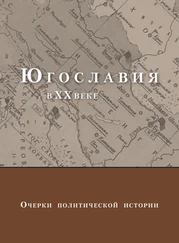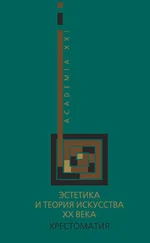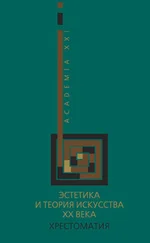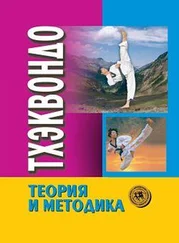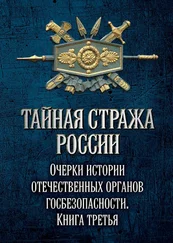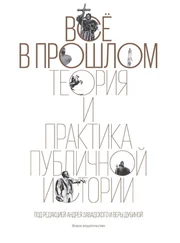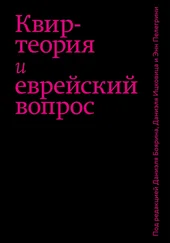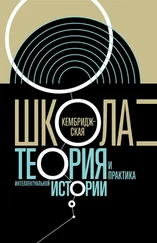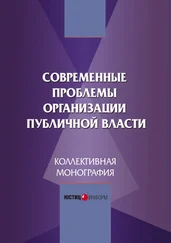Показательно, что Алексей Миллер характеризует этот период формулой «От перестроечной экзальтации к „безразличию“ 1990-х» ( Миллер А . Историческая политика в России: Новый поворот? // Историческая политика в XXI веке. М.: Новое литературное обозрение, 2012. С. 328–367).
О феномене стеба см., например: Дубин Б.В . Кружковый стеб и массовые коммуникации: К социологии культурного перехода // Дубин Б.В. Слово – письмо – литература: Очерки по социологии современной культуры. М.: Новое литературное обозрение, 2001. C. 163–174.
Официальный сайт программы: [leonidparfenov.ru/namedni/namedni-nasha-era].
Об этом см., например: Копосов Н . Память в законе // Russ.Ru. 2014. 8 апреля.
Zelizer B . Op. cit. P. 80.
Ibid. P. 18.
См. например, сборник, посвященный анализу журналистских проектов в новых медиа, включая телевидение, видеоигры и социальные сети: Digital Memory Studies: Media Pasts in Transition / Ed. by A. Hoskins. New York: Routledge, 2018.
Journalism and Memory.
How Journalism Uses History.
Olick J . Collective Memory: The Two Cultures // Sociological Theory. 1999. Vol. 17. № 3. P. 333–348.
См., например: Schudson M . When? Deadlines, Datelines, and History // Reading the News / Ed. by R. Manoff, M. Schudson. New York: Pantheon, 1986. P. 146–196; Idem . Dynamics of Distortion in Collective Memory // Memory Distortion: How Minds, Brains and Societies Reconstruct the Past / Ed. by D. Schacter. Cambridge, MA: Harvard University Press, 1995. P. 346–364.
Huxford J . Beyond the Referential: Uses of Visual Symbolism in the Press // Journalism: Theory, Practice and Criticism. 2001. Vol. 2. № 1. P. 45–72.
Edy J . Journalistic Uses of Collective Memory // Journal of Communication. 1999. Vol. 49. № 2. P. 71–85; Edy J.A., Daradanova M . Reporting the Present Through the Lens of the Past: From Challenger to Columbia // Journalism: Theory, Practice and Criticism. 2006. Vol. 7. № 2. P. 131–151.
Kitch C . Pages From the Past: History and Memory in American Magazines. Chapel Hill: University of North Carolina Press, 2005; Idem . “Useful Memory” in Time Inc Magazines // Journalism Studies. 2006. Vol. 7. № 1. P. 94–110; Idem . Journalism as Memory // Handbook of Communication Science / Ed. by T.P. Vos. Berlin: Mouton de Gruyter, 2018. P. 164–181.
Williams K . Flattened visions from timeless machines // Media History. 2007. Vol. 13. № 2–3. P. 127–148.
Pöttker H . Op. cit. P. 29–46.
Delporte C . Quand les journalistes se font historiens: Le cas français // Le Temps des medias. 2018. № 2. P. 187–199.
Gray A., Bell E . History on Television. London; New York: Routledge, 2013; Hunt T . Reality, Identity and Empathy: the Changing Face of Social History Television // Journal of Social History. 2006. Vol. 39. № 3. P. 843–858; Wijermars M . Memory Politics in Contemporary Russia: Television, Cinema and the State. London; New York: Routledge, 2018.
См. работы К. Китч, например: Kitch C . Pages from the Past: History and Memory in American Magazines. Chapel Hill, NC: University of North Carolina Press, 2005.
Popp S., Hannig M., Schumann J . Commercialised History: Popular History Magazines in Europe. Peter Lang International Academic Publishers, 2015; De Groot G . Consuming History: Historians and Heritage in Contemporary Popular Culture. Routledge, 2008. P. 31–49.
Gorbachev O . The Namedni Project and the Evolution of Nostalgia in Post-Soviet Russia // Canadian Slavonic Papers. 2015. Vol. 57. № 3–4. P. 180–194; Kalinina E . Mediated Post-Soviet Nostalgia. Stockholm: Södertörn University, 2014; Oushakine S.A . “We’re Nostalgic But We’re Not Crazy”: Retrofitting the Past in Russia // The Russian Review. 2007. Vol. 66. № 3. P. 451–482; Абрамов Р.Н., Чистякова А.А . Ностальгические репрезентации позднего советского периода в медиапроектах Л. Парфенова: По волнам коллективной памяти // Международный журнал исследований культуры. 2012. Т. 6. № 1. С. 52–58; Зверева В.В . История на ТВ: Конструирование прошлого // Отечественные записки. 2004. № 5. P. 160–168.
Litvinenko A., Zavadski A . Memories on Demand: Narratives about 1917 in Russia’s Online Publics // Europe-Asia Studies. 2020. Vol. 72. № 10. P. 1657–1677; Лапина-Кратасюк Е.Г., Рублева М.В . Проекты сохранения личной памяти: Цифровые архивы и культура участия // Шаги/Steps. 2018. Т. 4. № 3–4. С. 147–165; Лапина-Кратасюк А . Как цифровые медиа изменили подход к истории // Forbes.Ru. 2015. 3 августа.
См., например: Meyers O., Neiger M., Zandberg E . Structuring the Sacred: Media Professionalism and the Production of Mediated Holocaust Memory // The Communication Review. 2011. Vol. 14. № 2. P. 123–144; Meyers O., Zandberg E., Neiger M . Communicating Awe: Media Memory and Holocaust Commemoration. London: Palgrave McMillan, 2014.
Zelizer B . “Covering the Body”: The Kennedy Assassination, the Media and the Shaping of Collective Memory. Chicago, IL: University of Chicago Press, 1992.
Schudson M . Watergate in American Memory: How We Remember, Forget and Reconstruct the Past. New York: Basic Books, 1992.
Kitch C. Mourning in America: Ritual, Redemption, and Recovery in News Narrative After September 11 // Journalism Studies. 2003. Vol. 4. № 2. P. 213–224.
Robinson S . “We were all there”: Remembering America in the Anniversary Coverage of Hurricane Katrina // Memory Studies. 2009. Vol. 2. № 2. P. 235–253.
Kitch C . Selling the “Authentic Past”: The New York Times and the Branding of History // Westminster Papers in Communication and Culture. 2007. Vol. 4. № 4. P. 24–41.
Читать дальше
![Коллектив авторов Все в прошлом [Теория и практика публичной истории] обложка книги](/books/430176/kollektiv-avtorov-vse-v-proshlom-teoriya-i-praktika-cover.webp)
